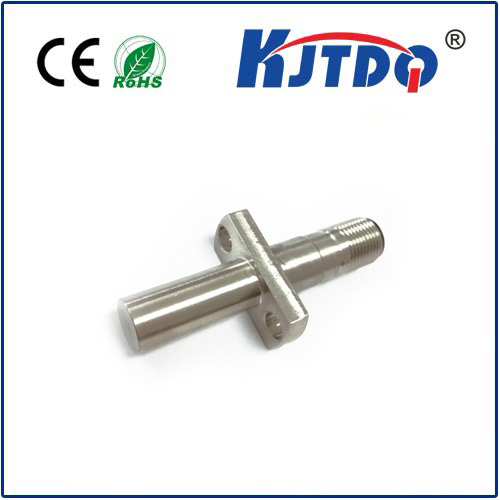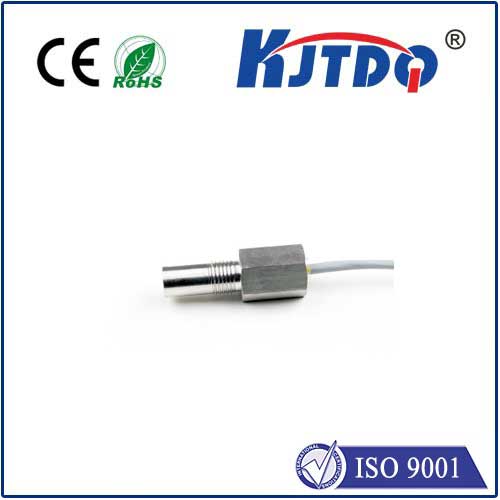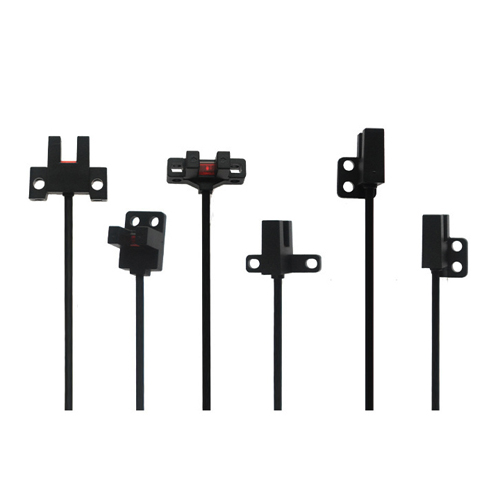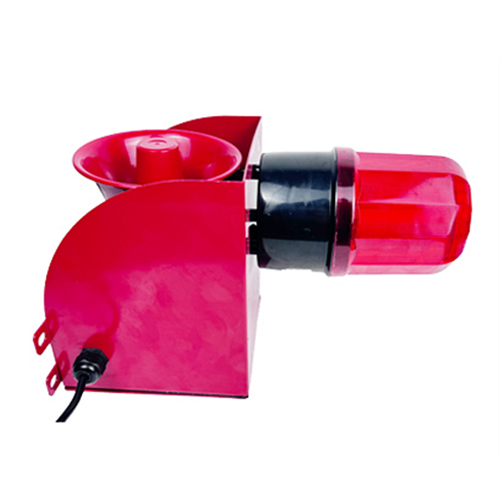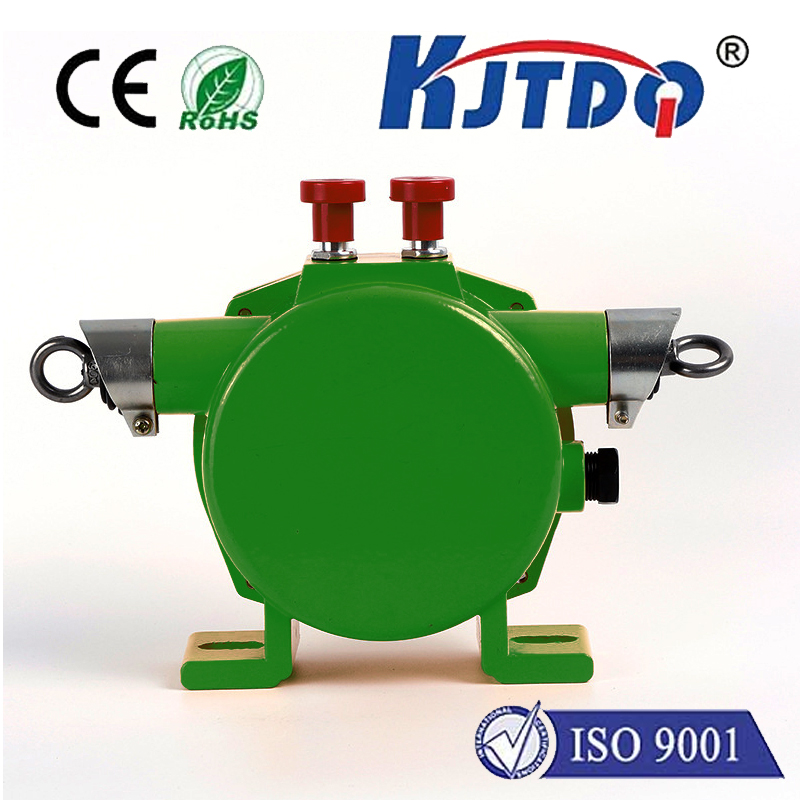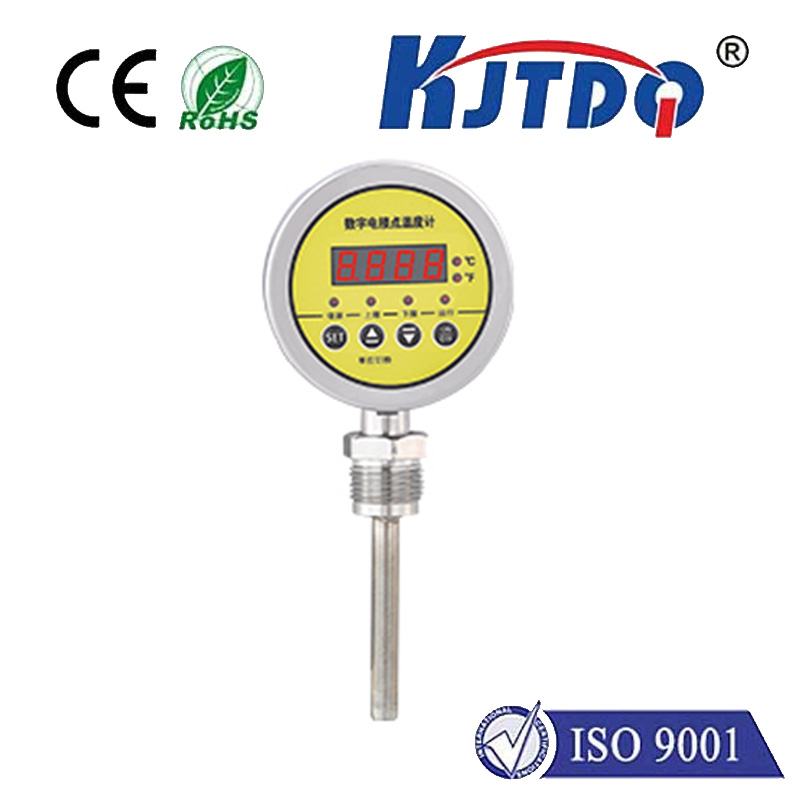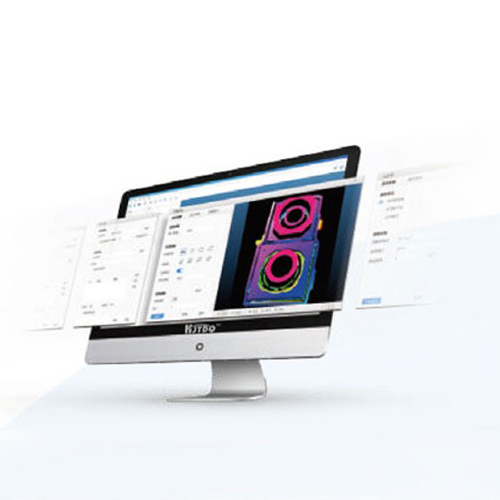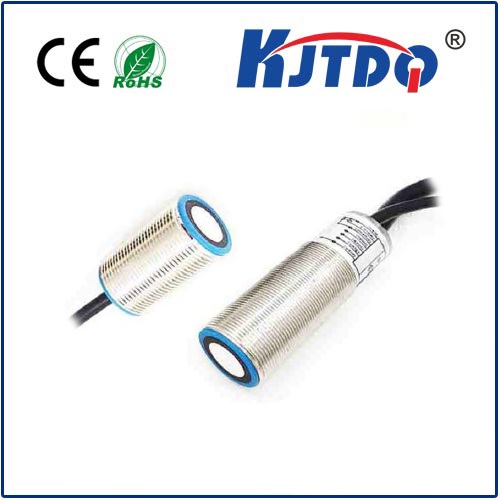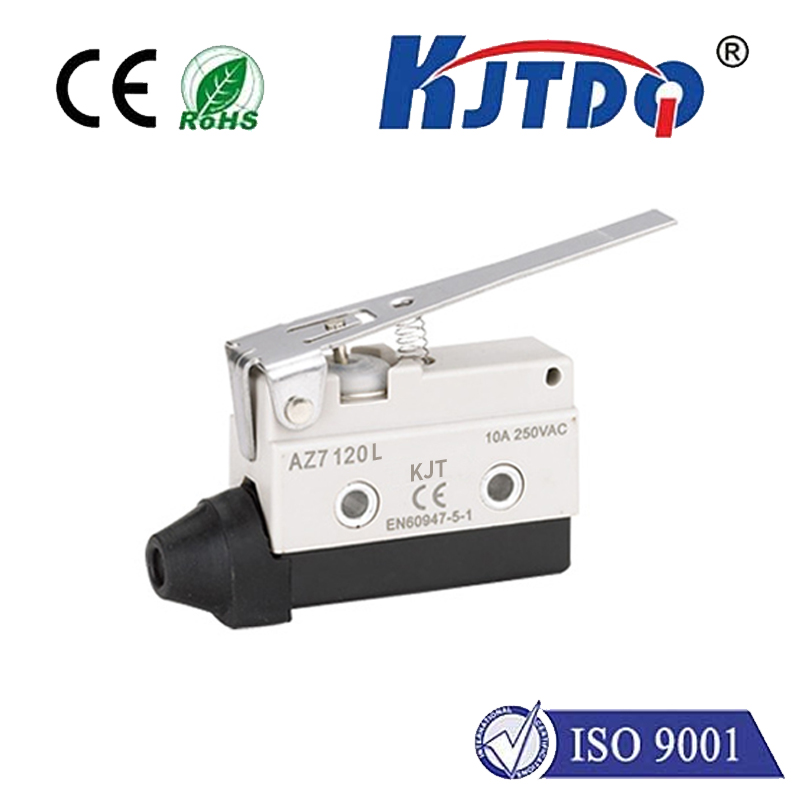

check

check

check

check

check

check

check

check

check

check
Foot pedal limit switches are essential components in many industrial machines and equipment. They are used to control the movement of machinery by detecting the position of a foot pedal or lever. In this article, we will explore the basics of foot pedal limit switches, including their function, types, and applications.
Function of Foot Pedal Limit Switches
Foot pedal limit switches play a crucial role in ensuring the safe and efficient operation of machines. They work by sending an electrical signal to the machine's control system when the foot pedal reaches a specific position. This signal can then be used to activate or deactivate certain functions, such as starting or stopping a motor or adjusting the speed of a conveyor belt. By using foot pedal limit switches, operators can maintain complete control over the machine while keeping both hands free for other tasks.
Types of Foot Pedal Limit Switches
There are several types of foot pedal limit switches available, each with its own unique features and advantages. Some common types include:

1. Mechanical Foot Pedal Limit Switches: These switches use mechanical components such as springs, levers, and rollers to detect the position of the foot pedal. They are durable and reliable but may require regular maintenance to ensure proper functioning.
2. Magnetic Foot Pedal Limit Switches: These switches use magnets and sensors to detect the position of the foot pedal without any physical contact between the two components. They are highly precise and have a long lifespan but may be more expensive than mechanical switches.
3. Optical Foot Pedal Limit Switches: These switches use optical sensors to detect the position of the foot pedal by measuring changes in light levels. They offer high accuracy and reliability but may be sensitive to environmental factors such as dust and moisture.
Applications of Foot Pedal Limit Switches
Foot pedal limit switches have numerous applications in various industries, including manufacturing, automotive, packaging, and material handling. Some examples of their use include:
1. Machine Control: Foot pedal limit switches are commonly used to control the operation of machinery such as drill presses, saws, and milling machines. They allow operators to start and stop the machine quickly and easily while maintaining complete control over its motion.
2. Conveyor Belt Speed Control: In packaging and material handling applications, foot pedal limit switches can be used to adjust the speed of conveyor belts based on operator input. This helps maintain consistent flow rates and prevents product damage caused by excessively fast or slow conveyor belts.
3. Accessibility Features: Foot pedal limit switches can also be used to improve accessibility for individuals with limited mobility or disabilities. For example, they can be installed on elevators or wheelchair ramps to enable users to control their movement using their feet instead of their hands.
Conclusion
In conclusion, foot pedal limit switches are essential components in many industrial machines and equipment due to their ability to control movement and improve operator safety and efficiency. By understanding the different types and applications of these switches, manufacturers and engineers can make informed decisions about which ones best suit their needs. As technology continues to advance, it is likely that we will see further innovations in foot pedal limit switch designs, making them even more effective and versatile for a wide range of industries.

